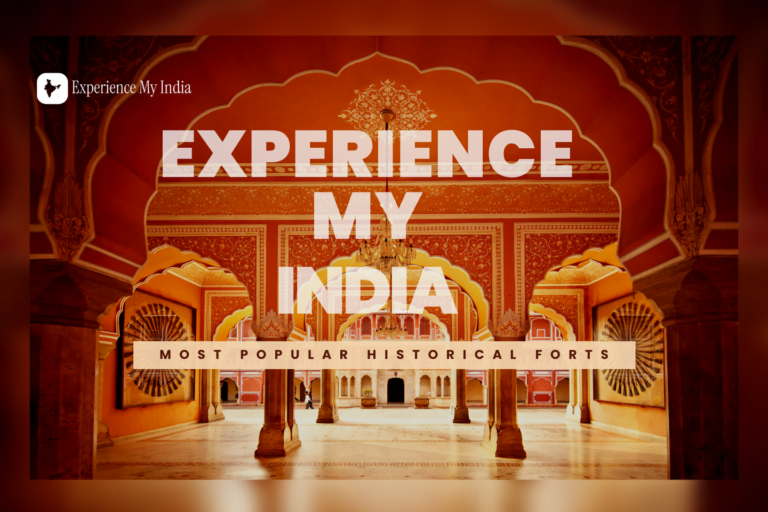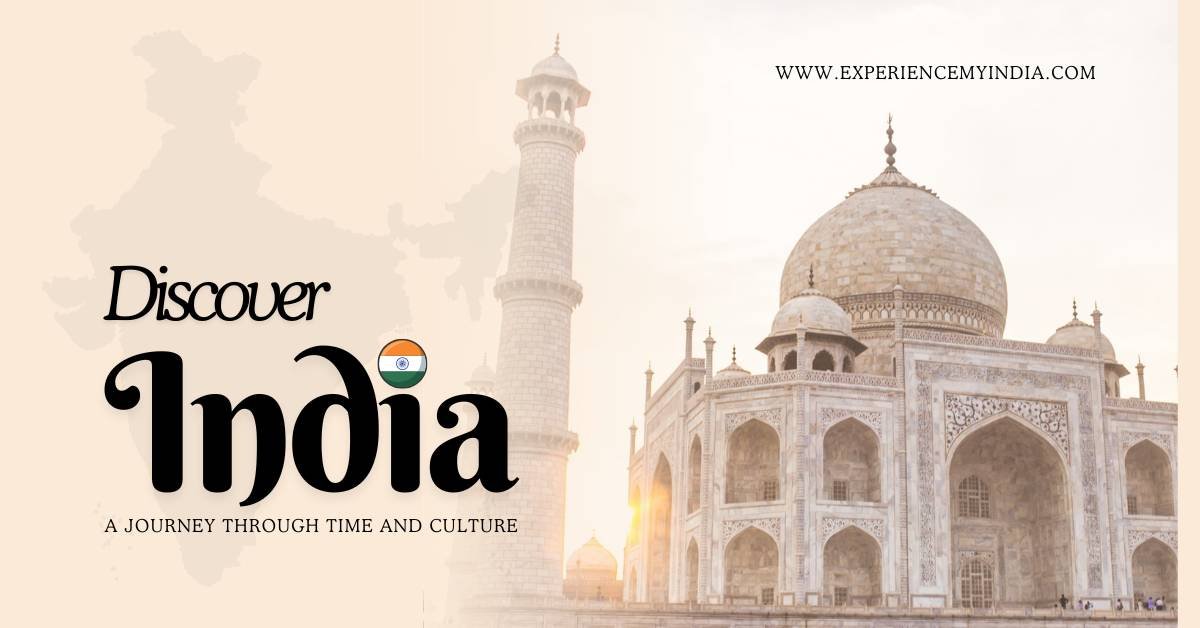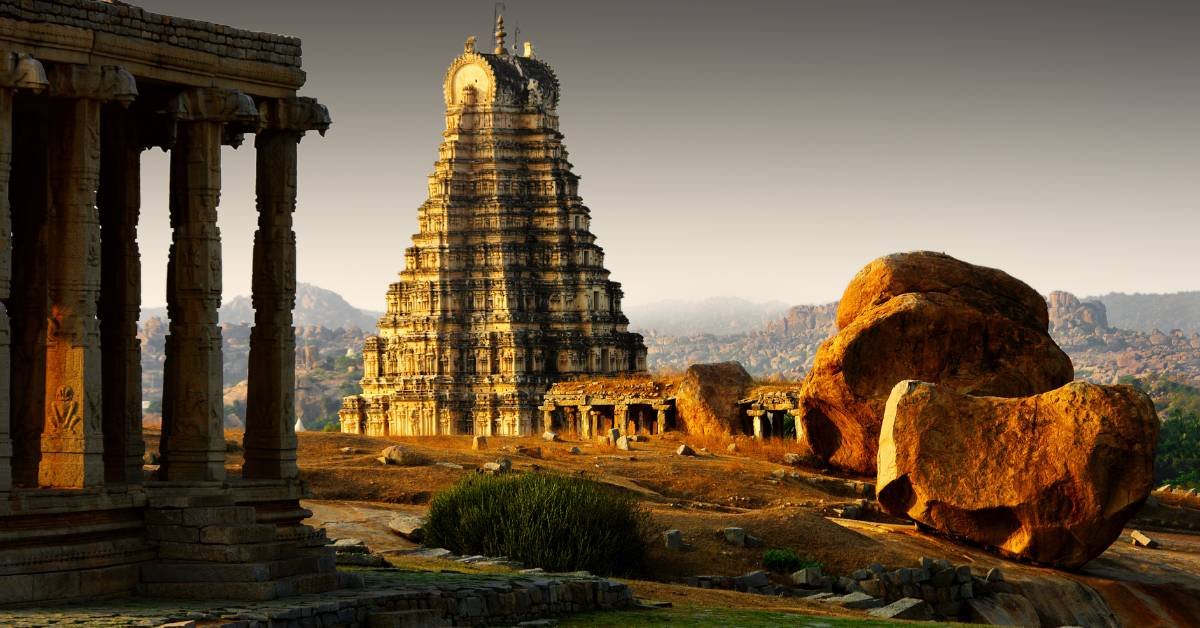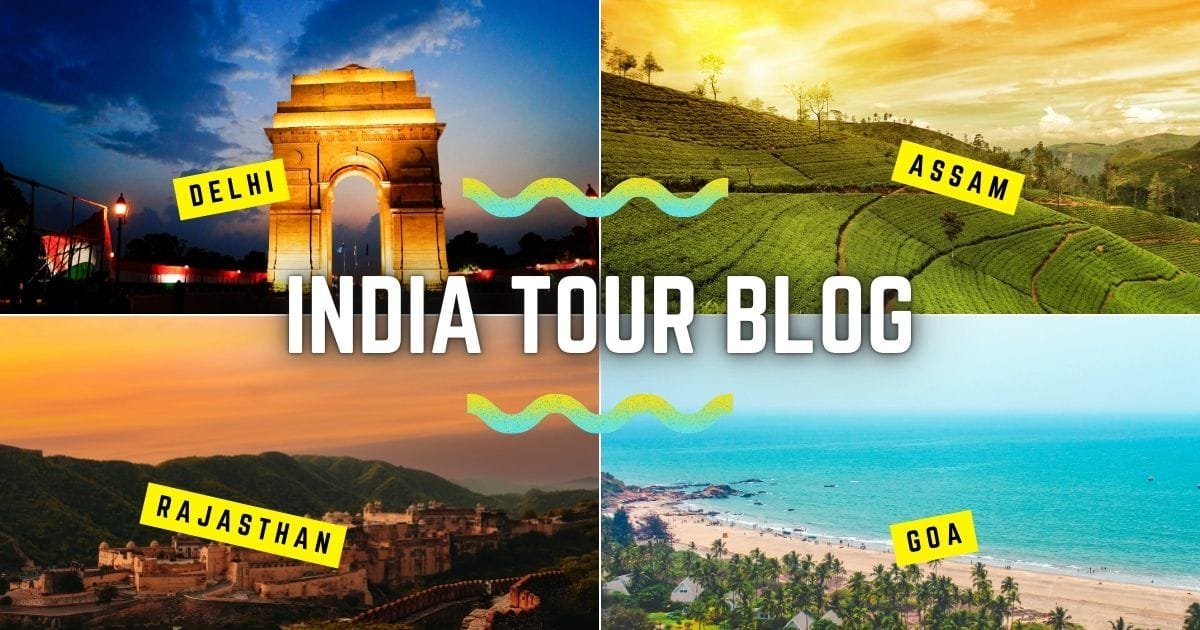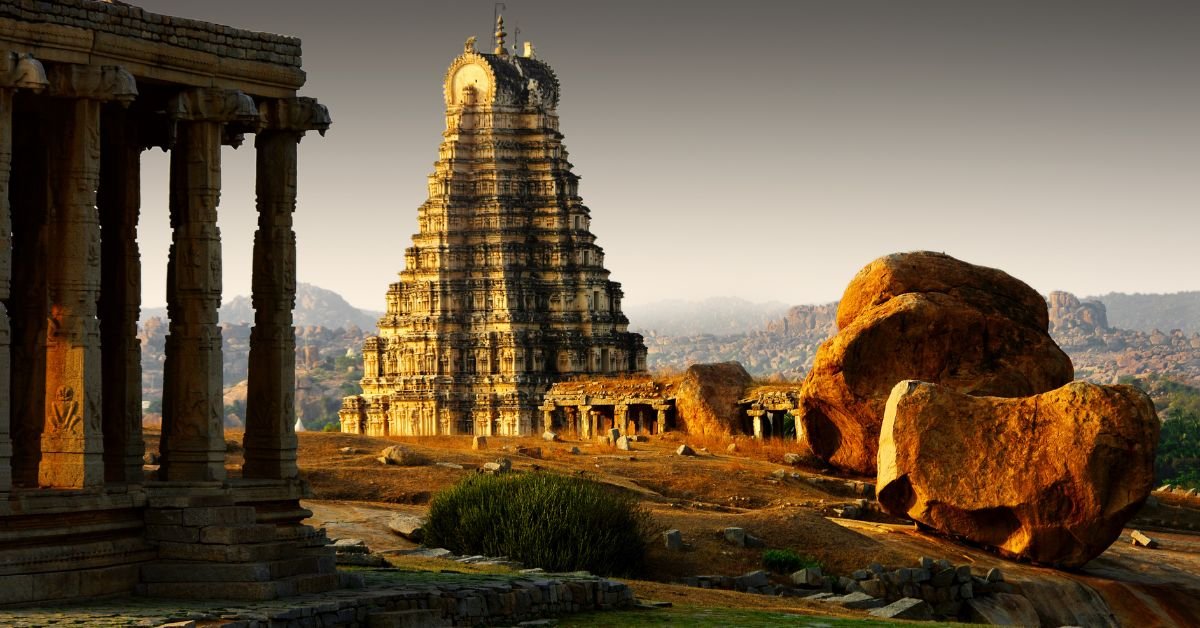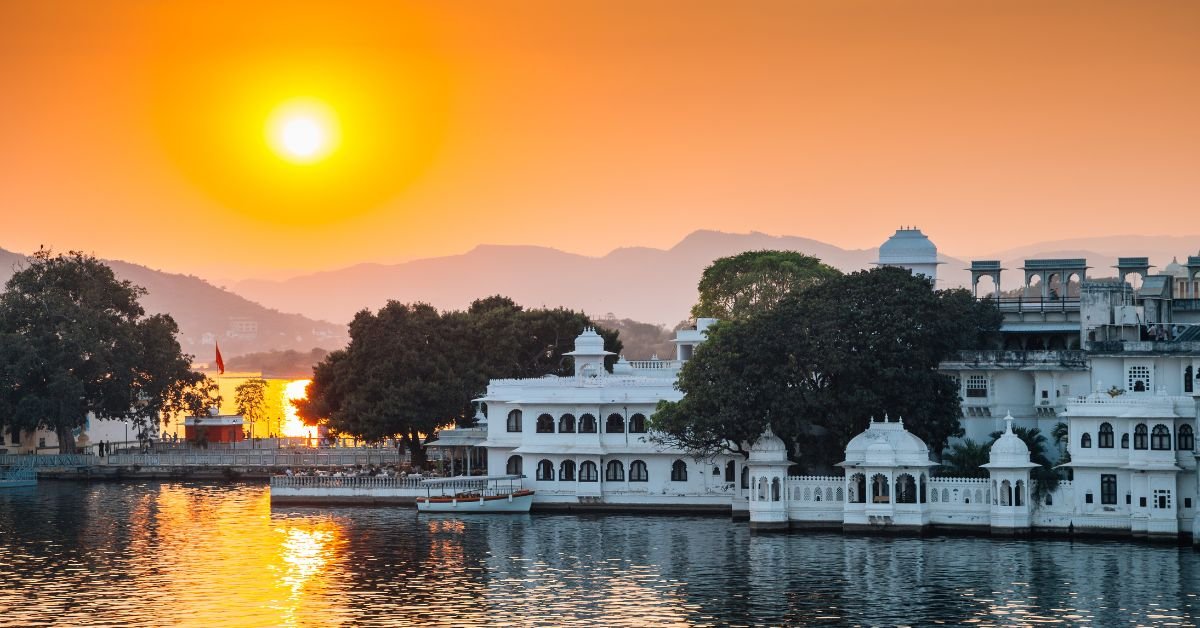Agra, the crown jewel of Uttar Pradesh, is a timeless city that continues to enchant travelers with its rich tapestry of love, power, art, and architecture. While the Taj Mahal takes the global spotlight, there are several other Agra tourist destinations that offer equally compelling stories and experiences. These monuments and attractions collectively form the soul of this former Mughal capital, each one layered with history, spirituality, and visual beauty.
From awe-inspiring forts and tombs to peaceful gardens and vibrant bazaars, Agra offers a complete cultural journey through time. Whether you're a solo traveler, a history buff, a couple seeking romance, or a family exploring India's heritage, these 7 iconic spots will make your 2025 Agra trip unforgettable.
1. Taj Mahal – A Love Story Etched in Marble
Even after centuries, the Taj Mahal remains the world’s most enduring symbol of love and loss.
Why Visit:
- Built by Emperor Shah Jahan in 1632 as a mausoleum for his wife Mumtaz Mahal.
- Features flawless white marble inlayed with semi-precious stones like jade, lapis, and turquoise.
- Its symmetrical design reflects Persian, Islamic, and Indian architectural influences.
- The central dome is flanked by four minarets designed to tilt outward slightly to protect the tomb during earthquakes.
- The site includes a mosque, guest house, and a sprawling Charbagh (Persian-style garden).
Travel Tips:
- Best time to visit: Early morning at sunrise (less crowded, magical lighting).
- Night viewing is allowed on full moon nights (pre-booked tickets required).
- Audio guides and professional tour guides are available at the gate.
- Entry fee: ₹50–₹250 (Indians), ₹1100–₹1300 (foreigners), additional ₹200 to view the main cenotaph.
2. Agra Fort – The Seat of Power and Prestige
This massive 16th-century Mughal stronghold is not just a fort—it’s a walled city.
Why Visit:
- Built by Emperor Akbar using red sandstone and expanded by Shah Jahan with white marble.
- Once home to emperors and their courts, including Shah Jahan, who was imprisoned here by his son Aurangzeb.
- Key structures inside:
- Jahangir’s Palace (Hindu-Muslim architecture)
- Khas Mahal (white marble palace)
- Musamman Burj (octagonal tower with a Taj view)
- Shish Mahal (mirror-studded palace)
- Diwan-i-Aam & Diwan-i-Khas (halls of public and private audience)
Travel Tips:
- Allow at least 2 hours to explore properly.
- Entry Fee: ₹50 (Indians), ₹650 (foreigners).
- Offers panoramic views of the Yamuna and Taj Mahal.
- UNESCO World Heritage Site since 1983.
3. Fatehpur Sikri – The Abandoned City of Dreams
Located 35 km from Agra, this red sandstone marvel was Emperor Akbar’s short-lived capital.
Why Visit:
- Built between 1571 and 1585 and abandoned due to water scarcity.
- Designed to reflect Akbar’s secular ideals, blending Hindu, Islamic, and Jain motifs.
- Main highlights include:
- Buland Darwaza – 54-meter-high victory gate
- Jama Masjid – one of the largest mosques in India
- Salim Chishti’s Tomb – where Akbar sought blessings for an heir
- Panch Mahal – five-story palace with 176 columns
- Birbal’s House and Diwan-i-Khas
Travel Tips:
- Entry Fee: ₹50 (Indians), ₹610 (foreigners).
- Allocate 3–4 hours including travel time from Agra.
- Local guides can help reveal hidden stories of court life, philosophy, and mysticism.
4. Mehtab Bagh – Garden of Reflection and Romance
An underrated gem offering a symmetrical counterpart to the Taj Mahal across the Yamuna River.
Why Visit:
- Originally laid out by Babur, later restored by the Archaeological Survey of India.
- Part of the original Mughal plan to build a black Taj Mahal (as legend claims).
- Provides one of the best sunset views of the Taj Mahal from across the river.
- The site includes crumbling fountains, walkways, and open lawns with benches for relaxing.
Travel Tips:
- Entry Fee: ₹30 (Indians), ₹300 (foreigners).
- Best time: One hour before sunset for golden hour views.
- Bring binoculars or zoom lenses for a spectacular photography session.
5. Itimad-ud-Daulah’s Tomb – The Baby Taj with Big Beauty
Often considered the “jewel box” of Agra, this tomb is a precursor to the Taj Mahal in both form and decoration.
Why Visit:
- Commissioned by Nur Jahan, wife of Jahangir, for her father Mirza Ghiyas Beg.
- The first Mughal monument built completely in white marble with inlaid pietra dura.
- Interiors are rich with floral motifs, jali screens, and colored stone carvings.
- The tomb stands on the banks of the Yamuna, in a geometrically perfect Persian-style garden.
Travel Tips:
- Entry Fee: ₹35 (Indians), ₹310 (foreigners).
- Visit in the late morning or early evening for peaceful ambiance.
- Lesser crowds than the Taj Mahal, making it ideal for reflective travelers.
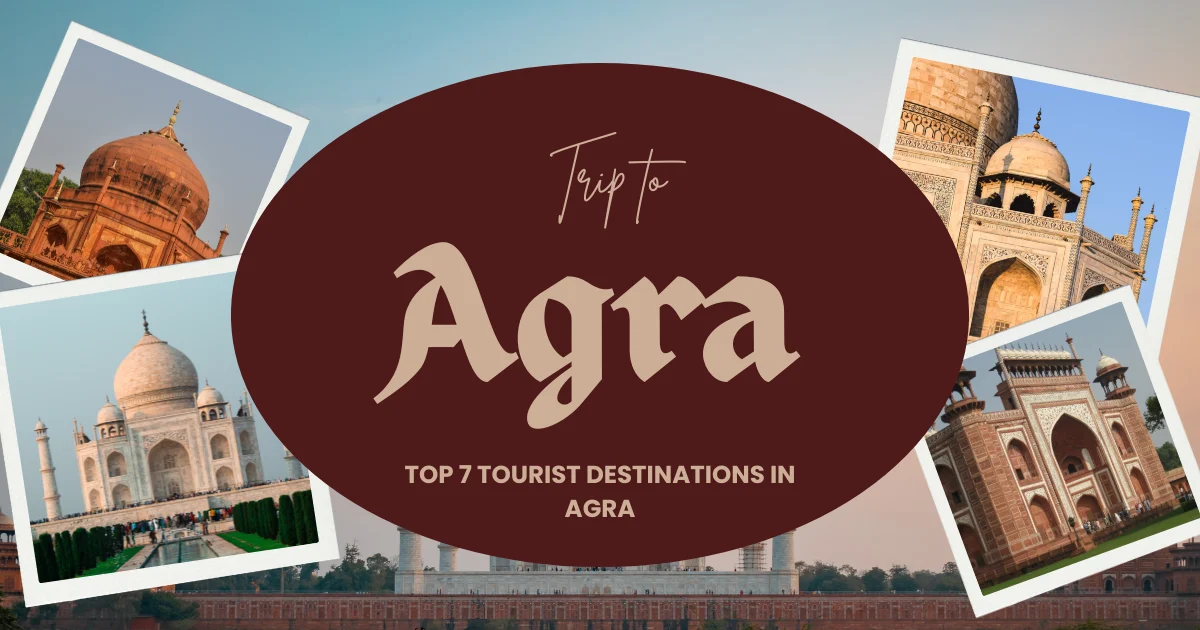
6. Akbar’s Tomb at Sikandra – A Grand Resting Place
A massive, beautifully designed tomb that reflects Akbar’s secular, inclusive, and visionary rule.
Why Visit:
- The mausoleum was started by Akbar himself and completed by his son Jahangir in 1613.
- Blends Islamic, Hindu, Buddhist, and Christian design elements.
- Set in a vast Charbagh garden with four grand gateways and roaming deer and peacocks.
- Intricate geometric and floral patterns in red sandstone and white marble.
Travel Tips:
- Entry Fee: ₹30 (Indians), ₹310 (foreigners).
- Allocate 1.5 hours to fully explore the tomb and surrounding complex.
- A great place for families to enjoy nature and architecture together.
7. Jama Masjid – The Grand Mosque Overlooking Agra Fort
One of the largest mosques in India, still active and central to Agra’s spiritual landscape.
Why Visit:
- Built in 1648 by Shah Jahan’s daughter, Jahanara Begum.
- Known for its lofty domes, intricate calligraphy, and beautifully arched prayer halls.
- The mosque is built on a raised platform with views of Agra Fort and city bazaars.
- Still functions as a place of worship, particularly during Friday prayers.
Travel Tips:
- Entry is free but visitors must dress modestly and remove shoes.
- Non-Muslims may enter outside prayer hours.
- Explore nearby Kinari Bazaar for a local shopping and food experience.
Conclusion
Agra is much more than just the Taj Mahal—it is a vibrant city of hidden gems, architectural mastery, royal history, and spiritual significance. From the majestic Agra Fort and poetic Baby Taj to the abandoned palaces of Fatehpur Sikri and the serene sunset views at Mehtab Bagh, each Agra tourist destination offers a different lens into India’s rich heritage.
Contact Experience My India Today:
📞Call Us: +91 7037550028
📲WhatsApp Us: +91 7037550028
🌐Visit Our Website: Experience My India
Make your 2025 Agra trip about more than checking off famous sites—make it a journey of stories, senses, and soul. With a little planning and a touch of curiosity, Agra will give you far more than memories—it will give you meaning.
FAQs – Agra Tourist Destination
1. What are the top tourist places to visit in Agra?
Taj Mahal, Agra Fort, Fatehpur Sikri, Mehtab Bagh, Itimad-ud-Daulah, Akbar’s Tomb, and Jama Masjid.
2. How many days are needed to explore Agra?
2 to 3 days is ideal for a relaxed visit covering major attractions and nearby sites.
3. Is there a ticket for Taj Mahal night viewing?
Yes. It must be booked one day in advance through the Archaeological Survey of India.
4. Are there any UNESCO sites in Agra?
Yes, the Taj Mahal, Agra Fort, and Fatehpur Sikri are UNESCO World Heritage Sites.
5. What’s the best time to visit Agra?
From October to March for pleasant weather and clear skies.
6. Can I visit all monuments in a day?
You can cover 2–3 major monuments in a day, but a 2-day itinerary is better.
7. Is photography allowed at the monuments?
Yes, photography is allowed at most sites, but not inside certain tomb chambers.
8. Are there guides available at each site?
Yes, certified guides are available and recommended for historical context.
9. What’s the dress code for visiting religious places like Jama Masjid?
Wear modest clothing covering shoulders and knees. Remove shoes before entering.
10. Are these places accessible to elderly travelers?
Yes, most locations have ramps and seating areas. Agra Fort and Taj Mahal also offer battery-operated vehicles.

